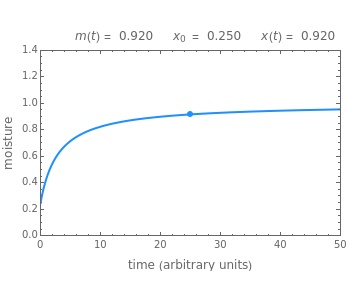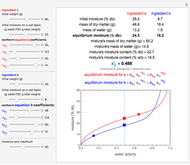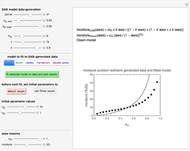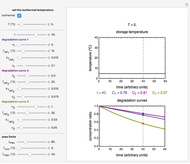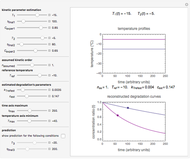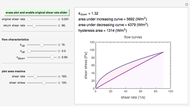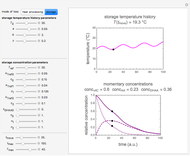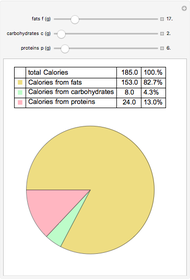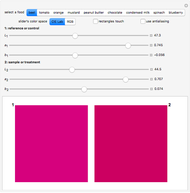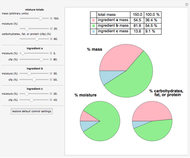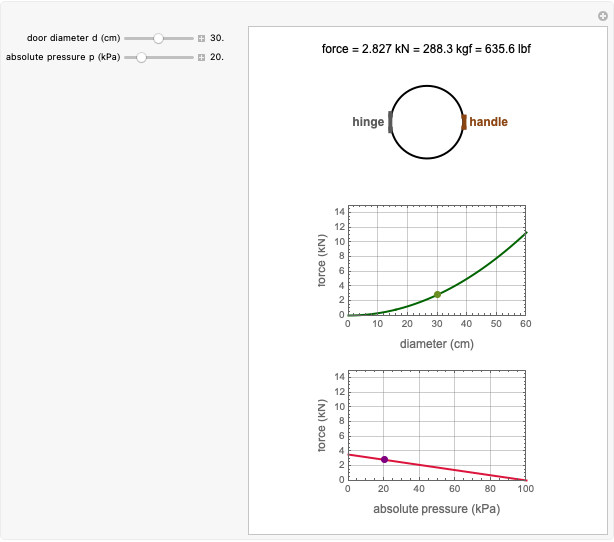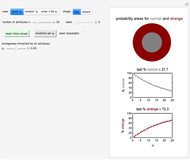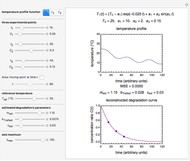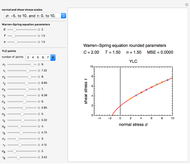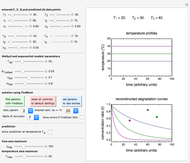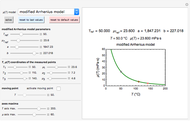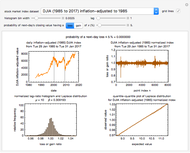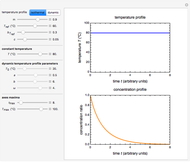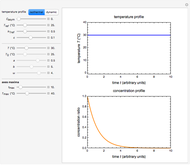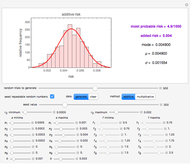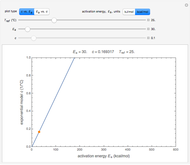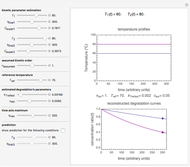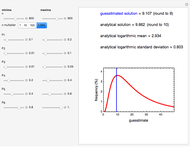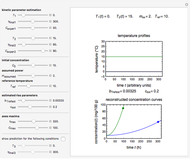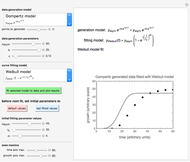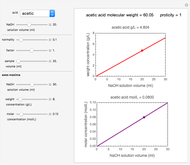Dynamic Water Absorption by Foods

Requires a Wolfram Notebook System
Interact on desktop, mobile and cloud with the free Wolfram Player or other Wolfram Language products.
Dynamic water or water vapor absorption by food can frequently be described by an empirical model whose parameters are the initial and equilibrium moisture contents ( and
and  , respectively) and a single characteristic time constant,
, respectively) and a single characteristic time constant,  . This Demonstration uses such a model to generate the moisture versus time relationship in moisture sorption from the atmosphere or water gain by soaking. It also generates a curve depicting the time it takes to reach a chosen fraction of the equilibrium (asymptotic) moisture or water content.
. This Demonstration uses such a model to generate the moisture versus time relationship in moisture sorption from the atmosphere or water gain by soaking. It also generates a curve depicting the time it takes to reach a chosen fraction of the equilibrium (asymptotic) moisture or water content.
Contributed by: Mark D. Normand and Micha Peleg (March 2011)
Open content licensed under CC BY-NC-SA
Snapshots
Details
Snapshot 1: hygroscopic food powder exposed to moderately moist air
Snapshot 2: grain exposed to moist air
Snapshot 3: dried legumes soaked in water
Dry foods can absorb moisture by exposure to a moist atmosphere or by soaking in water. The curve depicting the moisture gain versus time can frequently be described by the empirical model based on the formula  , where
, where  is the moisture content (on a dry or wet basis) at time
is the moisture content (on a dry or wet basis) at time  ,
,  and
and  are the initial and equilibrium moisture contents, respectively, and
are the initial and equilibrium moisture contents, respectively, and  is a characteristic time constant. This Demonstration generates dynamic water absorption curves using this model. It also generates curves depicting the relationship between the fraction of the equilibrium,
is a characteristic time constant. This Demonstration generates dynamic water absorption curves using this model. It also generates curves depicting the relationship between the fraction of the equilibrium,  , and the time needed to reach it,
, and the time needed to reach it,  .
.
The corresponding plot shows either the moisture versus time relationship or the time versus fraction of equilibrium for the entered parameters. Note that the latter does not always start at  but at
but at  . Its numerical value is displayed above the plot. Also shown is the numerical value of
. Its numerical value is displayed above the plot. Also shown is the numerical value of  , the momentary fraction of equilibrium reached at time
, the momentary fraction of equilibrium reached at time  . The slider-entered
. The slider-entered  or
or  values and the corresponding
values and the corresponding  or
or  values are shown as moving dots on the curves and their numerical values are also displayed above the plot.
values are shown as moving dots on the curves and their numerical values are also displayed above the plot.
The model can probably also be used for nonfood hygroscopic materials and liquid-absorbing dry gels. Not all possible plotted curves correspond to real physical systems.
Reference:
M. Peleg, "An Empirical Model for the Description of Moisture Sorption Curves," Journal of Food Science, 53, 1988 pp. 1216–1217 and 1219.
Permanent Citation

